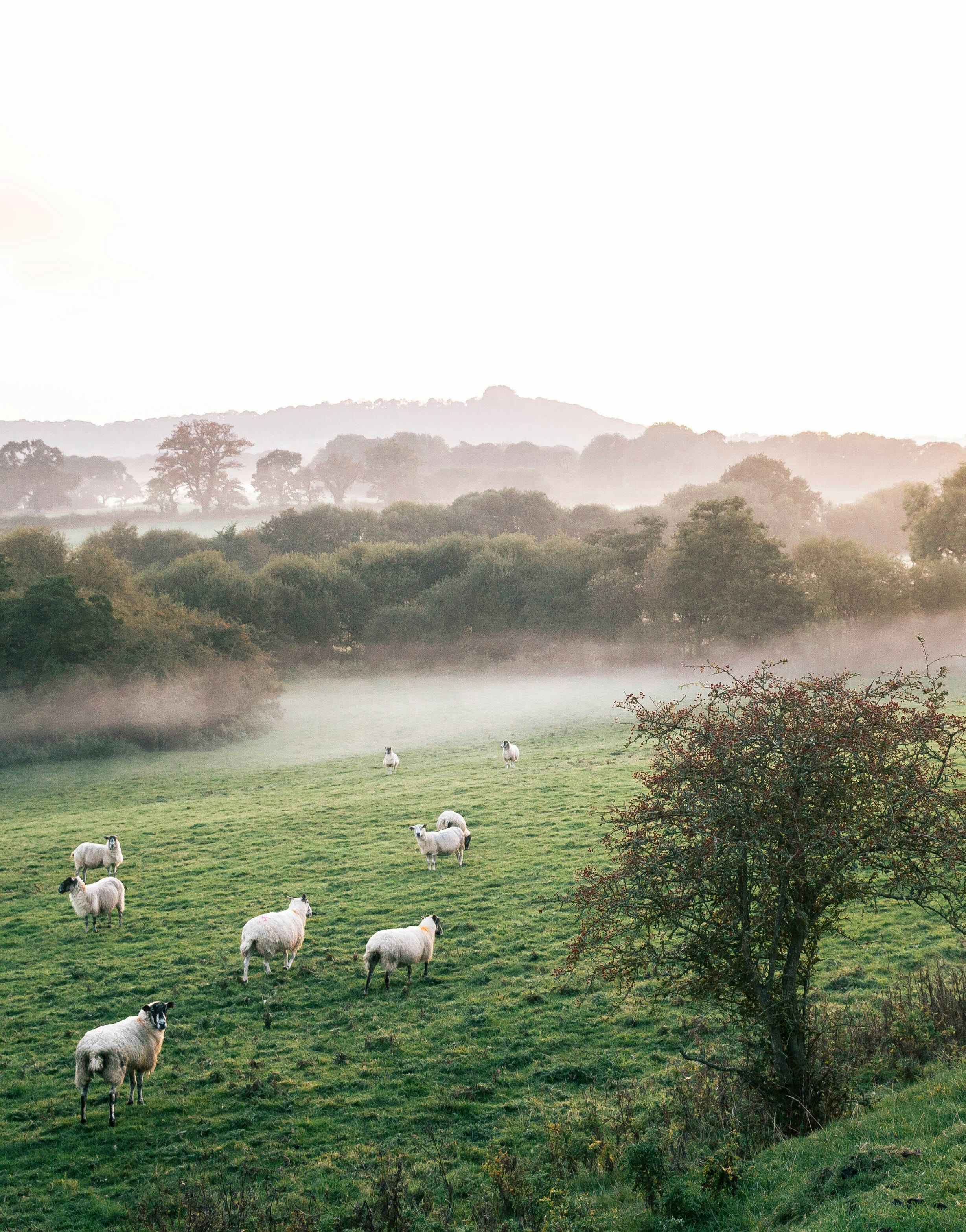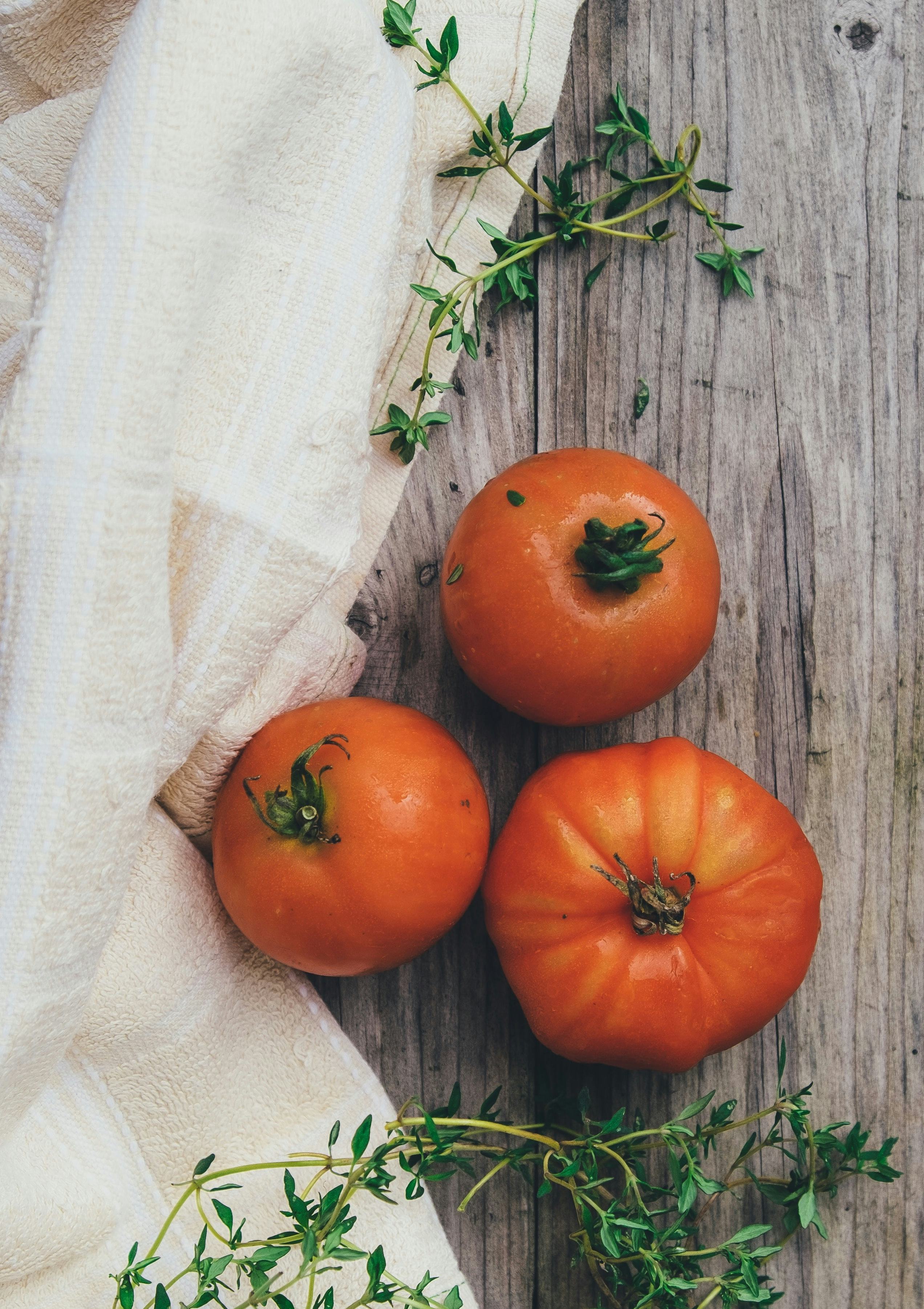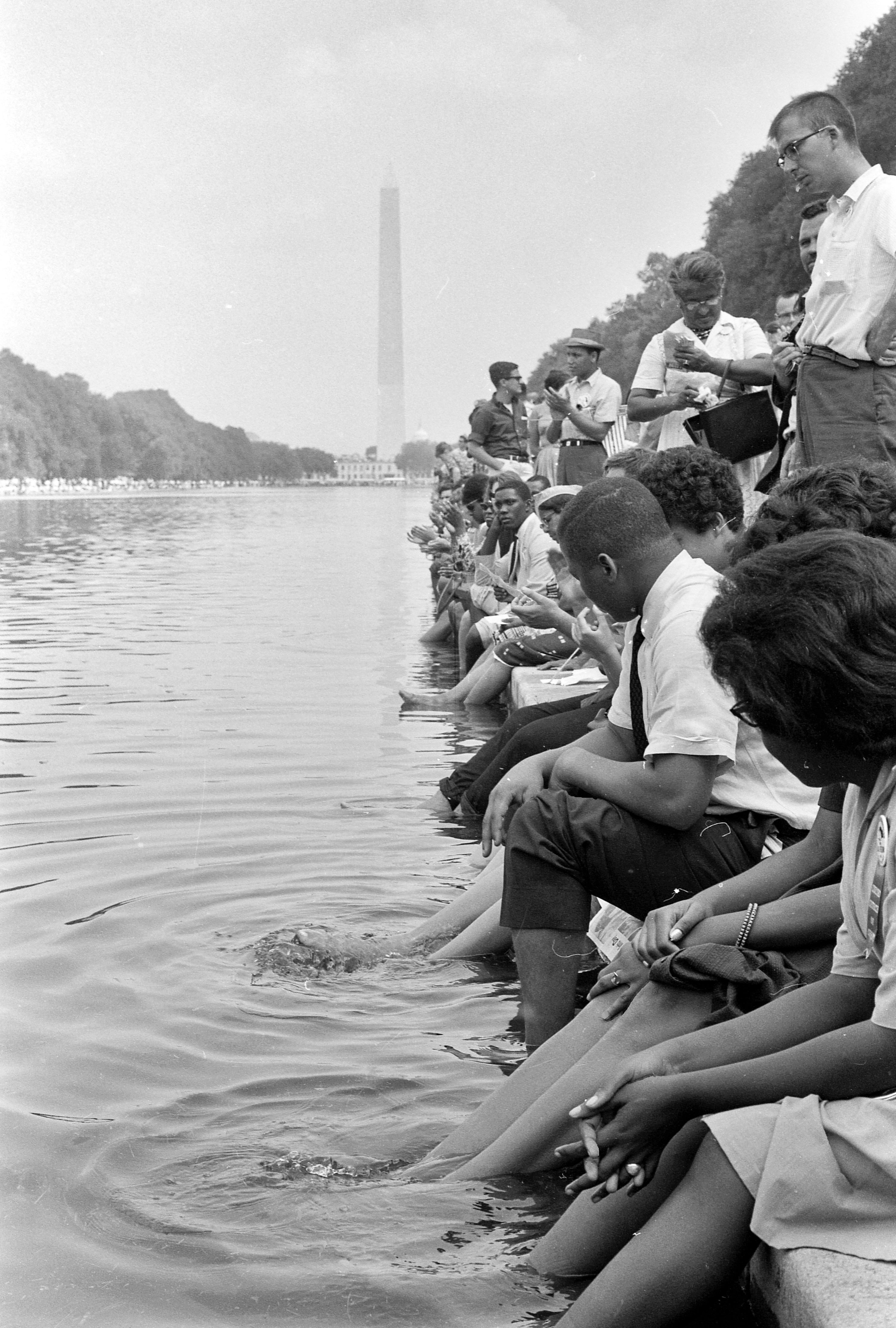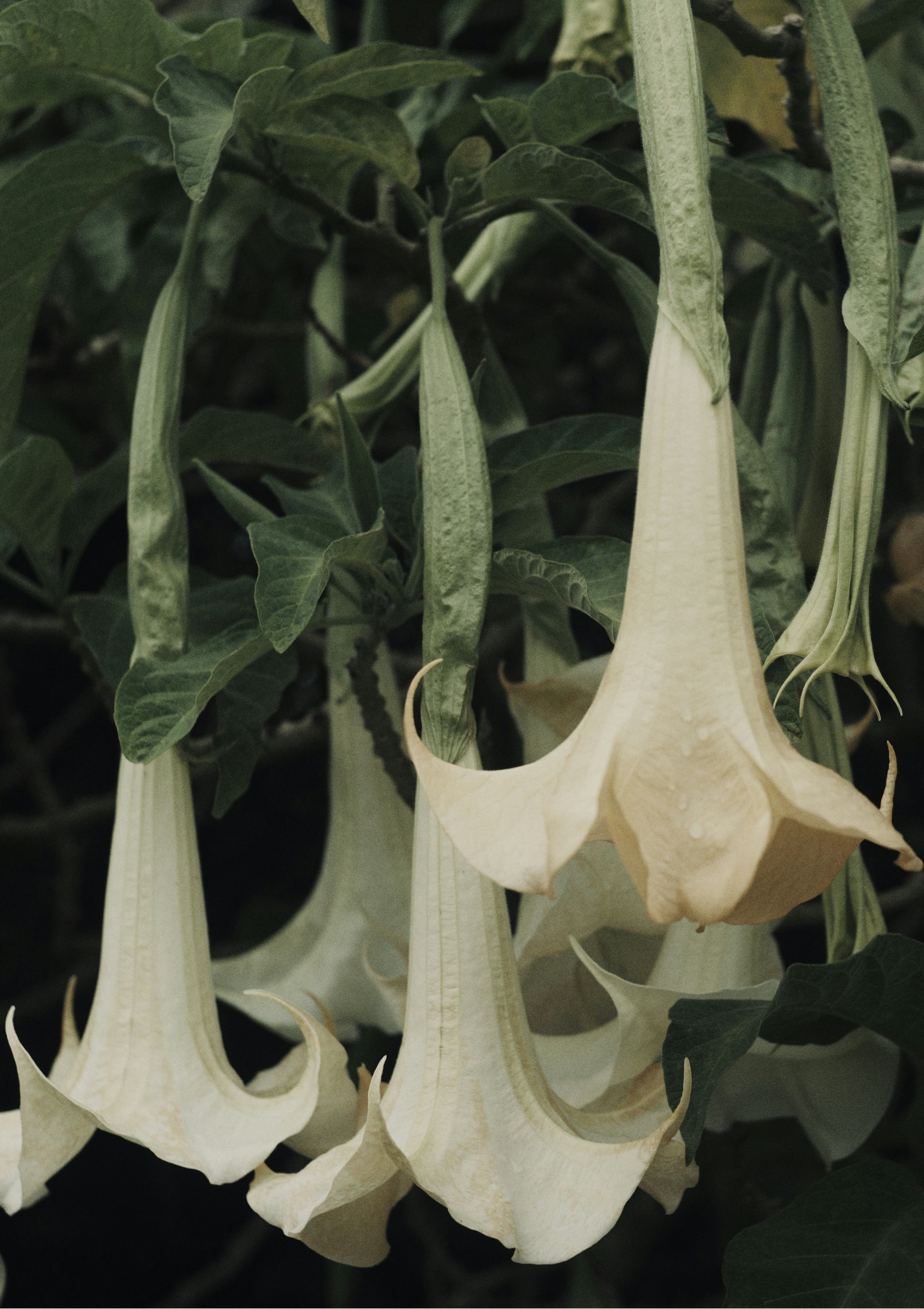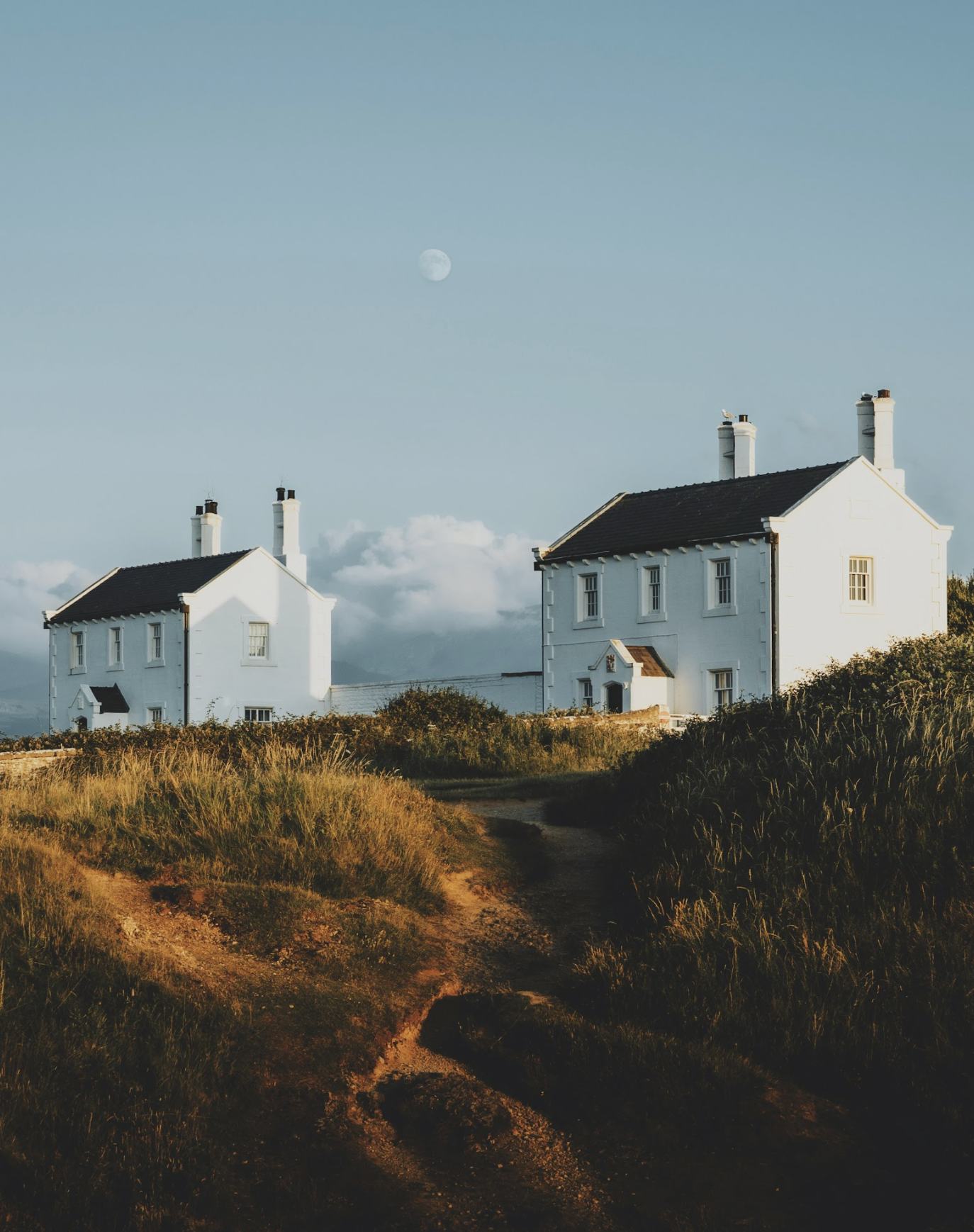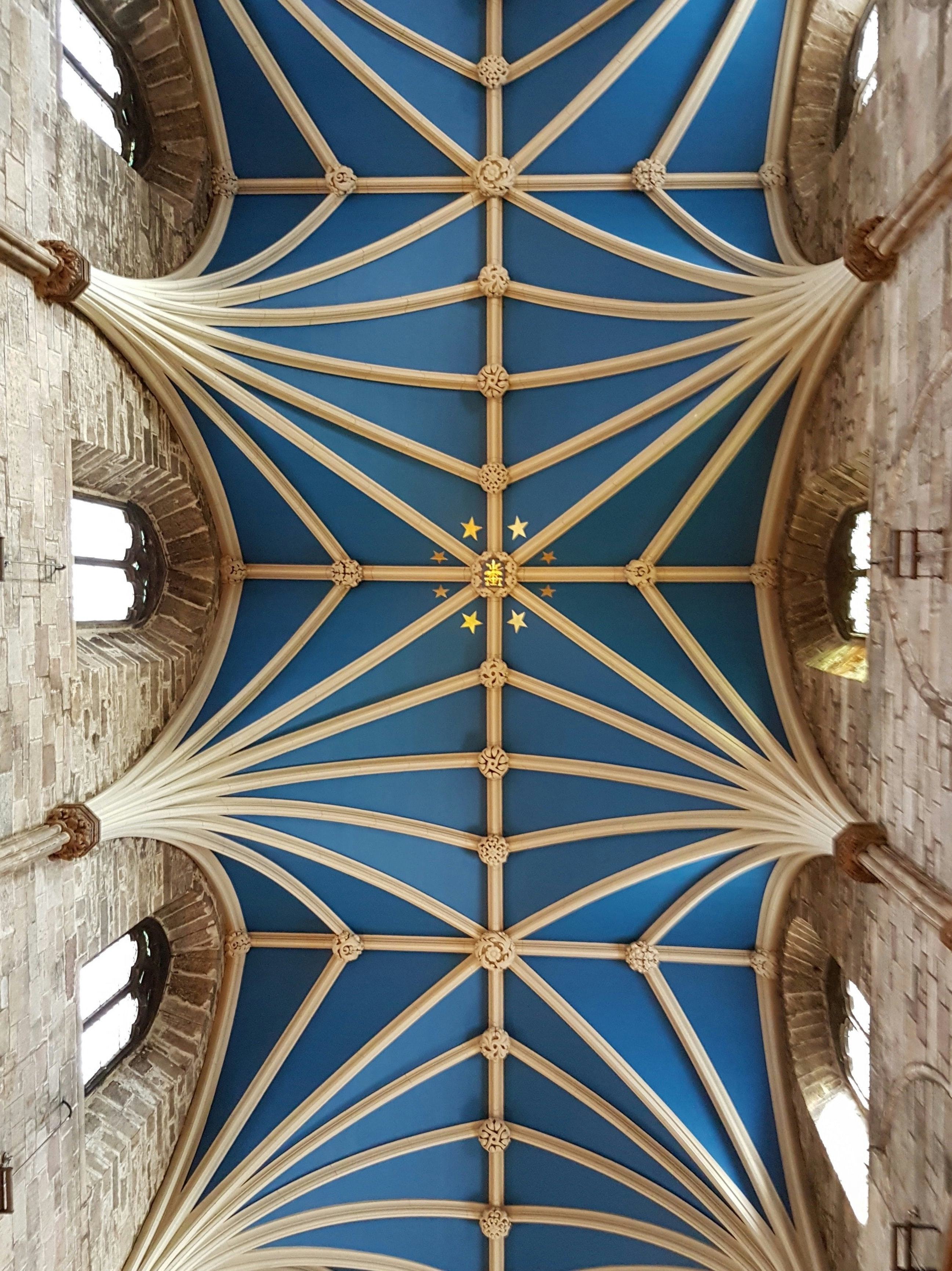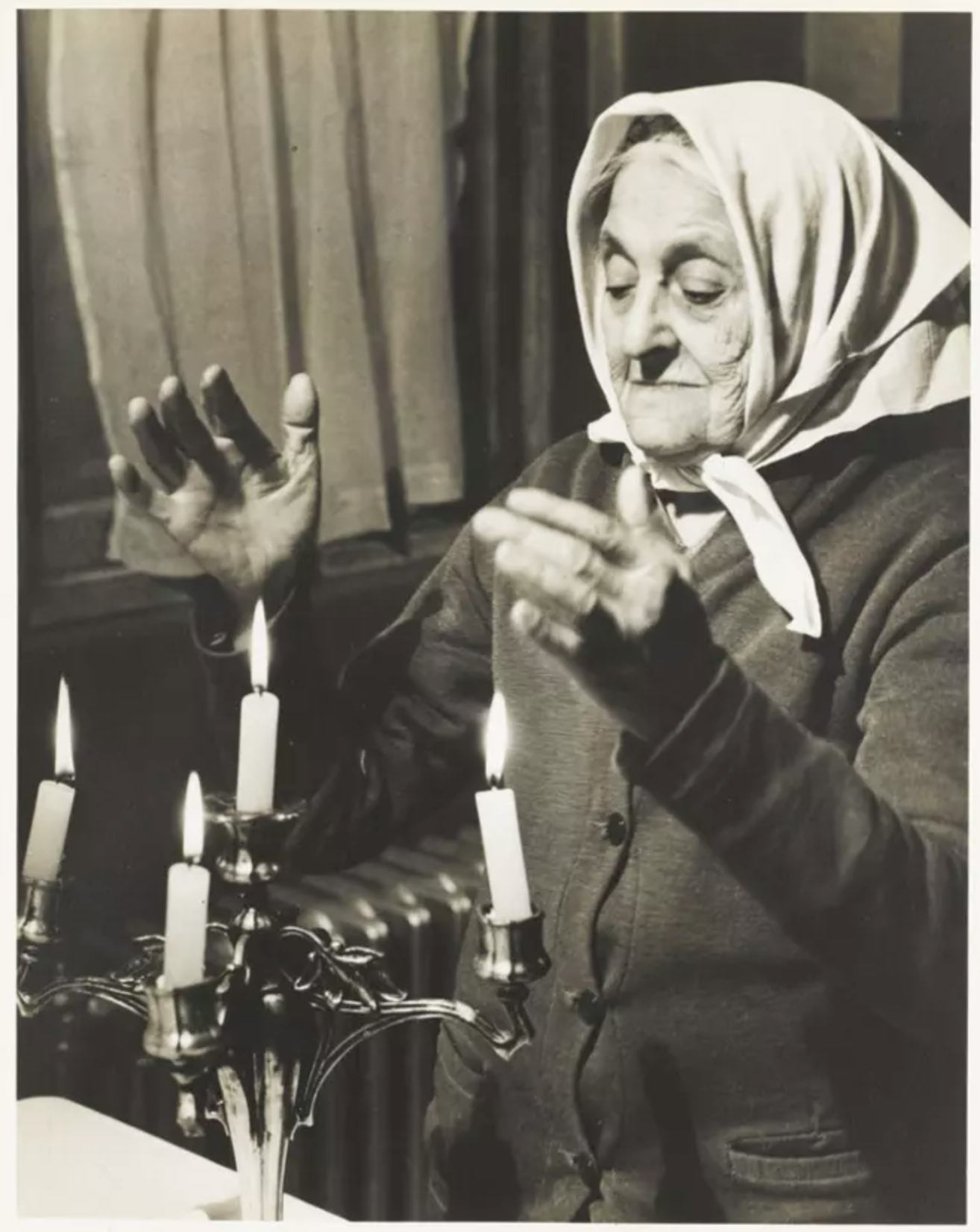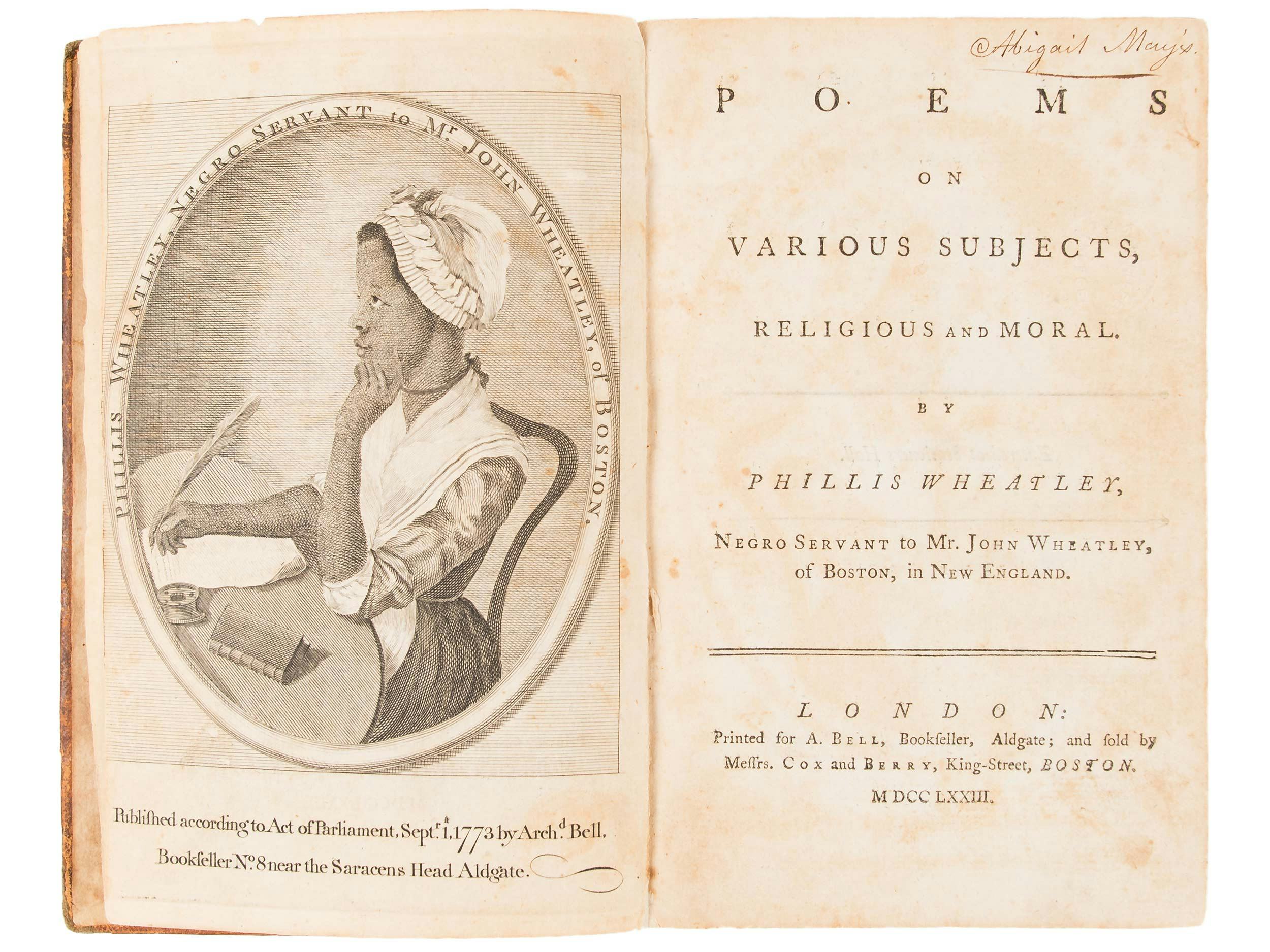1966. Queens, New York. Tape recorder on, I tried interviewing my 75–year old grandmother for a 6th grade school project.
“I can’t talk about it,” my Bubbe said in her Russian-English accent. “Bubbe” is grandmother in Yiddish.
She curled an index finger, gnarled with purple veins, into a delicate teacup handle.
Instead of taking tea in a tall glass like her parents, Bubbe drank it the way a British friend Margaret did, in a cup.
Watching her throughout my life I was puzzled about why she left her family’s culture, heritage, and religion behind in Russia.
Bubbe’s decision to fully assimilate into the America she loved laid the foundation for my life.
Curious about my family’s whispered trips to the Jewish cemetery in Brooklyn, I was determined to find out anything about her childhood.
“Be patient with your grandma,” my mom said. “She’s had a very hard life.”
Finally, Mom told me Bubbe’s story.
Bubbe’s Story
The anti-Jewish Pogroms of 1905 slaughtered an estimated 2,000 Jews in Odessa, Russia. Thousands of Jewish men were desperate to save their families and future generations.
Three-year-old Bubbe and her mom hid in a cold, musky cellar of a Christian neighbor’s house. After a week, Bubbe’s dad bought his family passage to America. She was smuggled under her mother’s floor length dress as they boarded a steamer bound for New York. They settled in a small tenement on Hester Street in Manhattan, also known as the “Jewish Ghetto.” Years later, her dad joined them.
In her teens, Bubbe worked beside her mom in the Garment District sweatshops. There she met and married Albert, my grandfather. While Albert went to synagogue, Bubbe and my mother did not. Albert lit the Chanukah and Friday night Sabbath candles, made Passover dinner, and went to shul on the sabbath, Rosh Hashana, and Yom Kipper, the holiest holidays.
He died when my mom was 16.
After Albert’s death Bubbe hid the Menorah, candles, the Torah and Talmud, Passover tablecloths, dishes, and silverware.
The memories of the Pogroms were too painful for Bubbe.
Mother and daughter lived completely isolated and trusted no one.
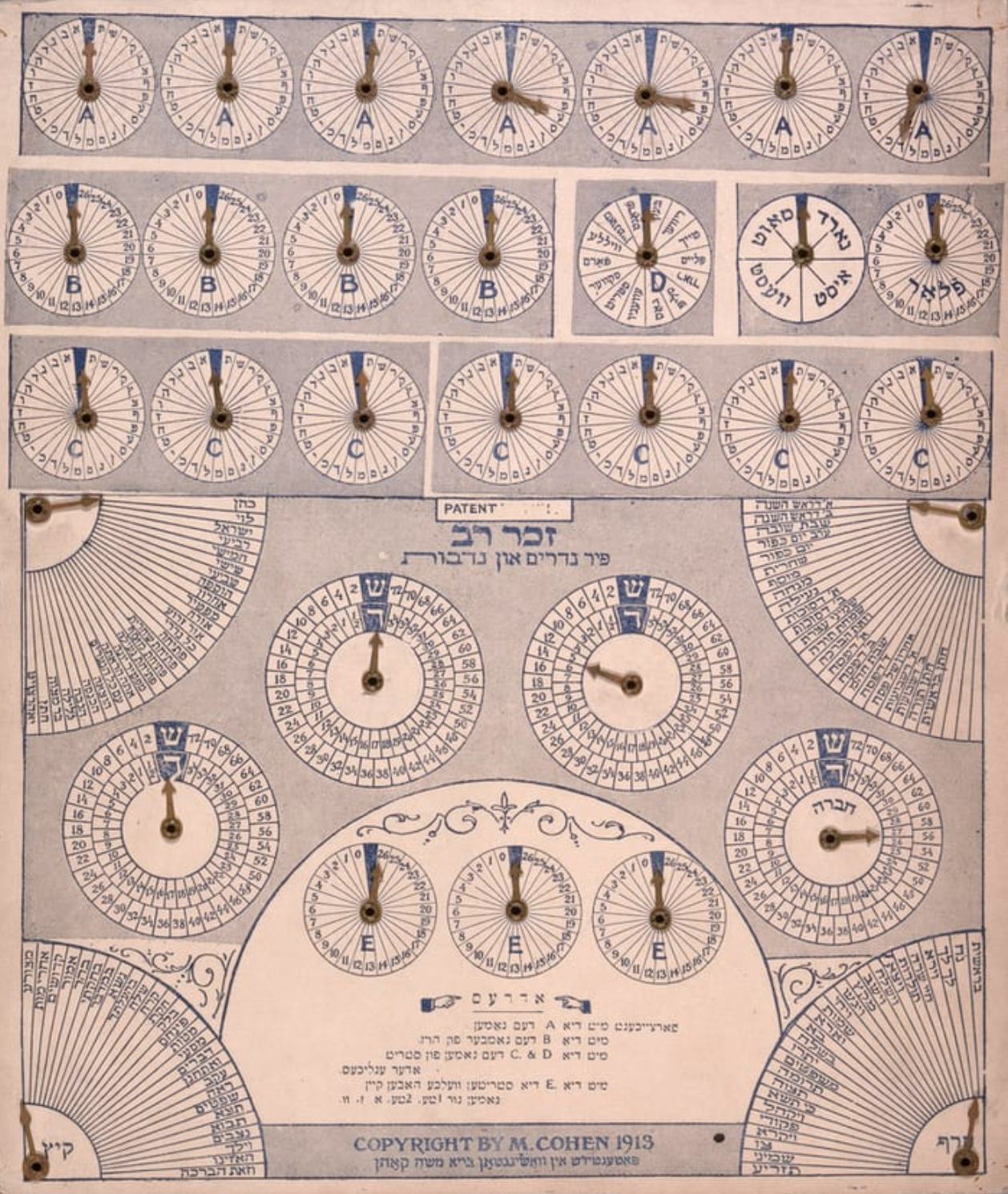
Synagogue Donation Recorder, 1913
My Mom’s Story
In the late 1930s, Mom began studying at the High School of Industrial Arts. She was a gifted portrait and landscape painter.
When World War II broke out, Bubbe returned to the same sweatshop she worked as a teen.
Isolated and lonely, my mom needed something else besides the few non-Jewish friends in school. She never saw these girls outside of class or ever invited them over to their apartment.
Every day before school, except during the Friday evening and Saturday Sabbath, when the food markets were closed, Mom bought fish and chicken from the kosher vendors on Hester Street.
In the summer, she rubbed the fish and chicken with salt, sugar, and vinegar to keep the food from spoiling. Blocks of ice kept them cold.
At school, she studied the works of Toulouse – Lautrec, Renoir, and Cézanne. On her way home from school, she stopped in front of an Orthodox Jewish synagogue. She marveled at the vibrant blue, yellow, purple, and red stained–glass windows. The plaques outside the building were inscribed with letters she saw on the storefronts on Hester Street. She could not read a word.
Wishing to be a part of the Jewish community she wanted to go inside; but did not.
*
One Friday afternoon, she came home from school and washed every bit of paint, linseed oil, and the tepid smells of turpentine from her skin and hair. She changed into her only navy dress, and tied on a babushka, a Jewish woman’s head covering. Sitting at the kitchen table; she was unable to move.
I can’t go. I don’t belong there. What if they turn me away? What if…
“Trust no one,” she remembered her mom’s words.
How will I know if I don’t go, Mom?
She looked at the clock and peered out the tiny window to see the sun disappearing behind the tenements. Grabbing her housekey she ran out of the apartment before losing the little courage she had. Hester Street was deserted. All the people were in synagogue. They had left their apartments before sundown, customary in Jewish Law. Again, she approached the synagogue. This time she placed a shaky hand on the doorknob and quickly released it. Mom heard Bubbe say, “Don’t trust anyone.” But she pushed Bubbe’s warning from her mind and gripped the doorknob, again.
Gently, she opened the door and peered inside. Stepping to the rear of the dimly lit room, a flicker of something red and yellow, caught her attention. The candles glowing upon the stage mesmerized her.The Holy Ark, draped in maroon velvet, stood tall, and proud.
She listened to the rabbi read from the parchment paper scrolls spread out on the podium. Dressed in a black suit, he wore a blue and white prayer shawl over his shoulders. His head was covered with a Yarmulke, or skullcap. The rabbi’s words didn’t sound like the Yiddish she heard everywhere on Hester Street. The cantor sang in deep, rich high and low arias, filled with passion and pain.
Mom watched as bearded men, their heads bowed, murmured words from the Torah. In the rows facing the podium, boys –ages five and older – prayed beside the men.
Hearing a child’s cry, she looked up. On the second level, she saw a young woman rocking an infant. Grade school and teen aged girls sat in a pew beside other women. A middle-aged woman wearing a babushka held up a hand; beaconing Mom to come upstairs. Recognizing the woman from the food market, mom smiled, and climbed the staircase. Mom sat beside the parishioners. In English, she prayed for Bubbe to stay healthy and peace for Dad.
After services, the women wished each other Shabbat Shalom, or Sabbath Peace. They invited my mom to join them for the Sabbath meal. She followed the women downstairs and into a large room. The men and boys came inside, too. Women, men, children, and teens sat at a long table. While the women lit the Shabbat candles the men said the Kiddush, a blessing, while holding cups of Manischewitz, concord grape wine. The kids and teens held cups filled with Welch’s kosher grape juice.
They honored the Sabbath, a “pinnacle of creation in the universe,” as stated in the Torah, with song, family, music, food, and friends.
Steaming chicken soup with dumplings warmed my mom’s lonely heart.
They ate Gefilte fish, roasted brisket, Noodle Kugel, rice, fruit, salad, and vegetables.The women invited my mom to their homes for Passover Seder, Purim, and Chanukah. She learned to make Matzah Brie, Latkes, and many other Jewish dishes. These new friends taught her to read Hebrew. Finally, Mom felt like she belonged to the community. She was lonely no more.
At 28 my mom married my dad, an Orthodox Jew. And after many years, Bubbe became a U.S. citizen.

Cityscape (New York Skyline) by Abraham Walkowitz
My Story
Our house was strictly kosher.
Before sunset, I lighted the Shabbos candles and recited our prayers.
In the kitchen, I was Mom’s constant companion.
Chicken parts simmered in a huge pot on top of the gas stove. Chunks of carrots, onions, celery, potatoes, and garlic leaves chased away the flu, fevers, and winter colds.
At temple on Friday evenings and Saturday mornings, I felt a little sad when me and Mom sat upstairs while Dad prayed downstairs with the men and boys.
I wished our family could pray together.
We did not live in a Jewish neighborhood. Discouraged from making friends outside the Jewish community, I did not have many.
While the boys went to Yeshiva, I attended public school and studied Hebrew with the girls on Sundays at the synagogue.
Although Bubbe lived in her own apartment she was a constant presence in my life. My parents left me at her house when they went out of town on vacations.
Bubbe made her own Spaghetti sauce from scratch with non-kosher ingredients. The mouth-watering, sweet aroma of simmering garlic, oregano, chopped tomatoes, onions, and beef wafted through her entire apartment.
For me, cracks in the restrictions of Orthodox Jewish Law began.
Bubbe walked with our family to synagogue, but she never went inside. She shopped at nearby stores while I attended services with Mom.
She disliked the babushkas women must wear, the long black dresses, and sleeves to cover their skin.
*
In high school a sorority with a few Jews asked me to join. Finally, I had friends.
One year during Passover I went to Bleeker Street in Greenwich Village with my sorority sisters.
Mom packed a sack lunch for me. There was Matzoh, raw white fish, an apple, and cubes of Colby cheese.
My Conservative Jewish sorority sisters, less religious than my Orthodox faction, ordered cheeseburgers (mixing meat and dairy products violates kosher sanitary laws,) fries, and chocolate milkshakes.
I stared at their food. The juicy beef patties oozed greasy juice. Oily and fatty smells of the fries and hamburgers teased my taste buds.
The girls opened their mouths wide and took huge bites.
“Mmmm,” one girl moaned, her eyes closed.
Instantly, I expected God to bestow famine, fire, and flogging upon my friends for disobeying Jewish law, but no lightening, thunder, flames, nor bodily harm was thrust upon then. The girls seemed devoid of guilt or fear as they licked the succulent meat drippings from the corners of their mouths.
They put down their food to breathe.
Weakening, I grabbed the hamburger, closed my eyes, and brought the contraband to my lips. I took a tiny bite. And another.
Ohhhh.
I relished in the taste of warm, cooked meat. Yet, my taste buds and stomach rebelled against eating meat and cheese. I ran to the rest room and got sick.
Eventually I ate ham, beacon, shrimp, scallops, and sausage, all banned for Jews.
*
Living in a dorm at Long Island University, I was free to date Christian and Jewish men. My circle of friends practiced various religions, came from different countries, and some were multi-ethnic.
I did not join Hillel; an on-campus Jewish social group.
Bubbe’s fear and reluctance toward organized religion changed my attitude toward labels and prejudices.
New York was and is the gateway for asylum seekers.
My Bubbe entered America illegally, and I am proud of this fact. If she had not, I would never have been born, nor enjoy the freedom to practice Judaism or any religion of my choosing.
Dad hoped I would marry Bob, an Orthodox Jewish boyfriend from a wealthy family.
Serving Bob became a priority over wishes to make decisions and enslave myself to his wants and needs. I walked on eggshells in the presence of his mom, the family matriarch. We broke up after I stood up for myself and refused to obey his commands.
Bubbe’s pride, spirit, and strength gave me the courage to distance myself further from Orthodox Judaism.
Separation of women and men during prayer, restrictions preventing women from wearing skirts and dresses above the knee, short sleeves, and wearing head coverings in and out of synagogue, was not for me.
While earning my master’s degree in Education I met my husband Ed.
Much to my parents’ dismay, Ed’s German Catholic mother and Irish father welcomed me into their home.
Dying from ovarian cancer, my mom said to me, “Marry Ed. He’s a good guy.” Impending death seemed to have shifted her priorities.
Years later, I married Ed. Despite his mom and dad’s wish to a have a Catholic church ceremony, we took our vows in front of a judge at The Linden Tree, a lovely venue on Long Island.
My dad never knew. He was not going to ruin my life with his toxic verbiage about marrying a non-Jew.
For years we celebrated Christmas, Easter, and Thanksgiving at his parents’ house. I talked for hours with Ed’s Grandma Carrie. She was funny and warm.
At our apartment in Selden, Long Island we exchanged Chanukah and Christmas gifts. I did not attend synagogue during the High Holy Days. We decorated a small tree.
In December 2001, we moved to Arizona.
Living in this red state I had never before felt more Jewish and isolated, surrounded by Christians. There are churches on just about every corner in my town.
Jews were never a cohesive group. Most Hassidic Jews do not recognize Orthodox, Reform, and Conservative factions to be Jews at all.As a Reform Jew, the least religious of all the groups, I do not live in a Jewish community. Reform temples are few and far from my town.
Chabad also known as Lubavitch, an Orthodox Hassidic movement, are less self-segregating and welcomes Jews of all denominations. I attended Chanukah and Passover celebrations they hosted in public venues.
During the 2016 presidential election, then-GOP candidate Donald Trump, a provocateur, conspiracy theorist, and bully, catered to his anti-Semitic and racist followers.
He won.
Years later, I still feel the sting of the Alt-Right chanting, “Jews Will Not Replace Us” and the murder of Heather Heyer at the 2017 Unite the Right Rally in Charlottesville, Virginia.
Shattered and shaken, I am glad Bubbe and my mom were not witnesses to the racist, anti-Semitic hate mongering, mass murders, and the attacks on the Asian community due to Trump’s attacks on China for COVID.
I carried the weight of the 2018 Tree of Life Synagogue deaths after the massacre in Pittsburg, Pennsylvania.
Ex-President Trump’s former top aide Stephen Miller, a Jew, was the main architect of the travel ban, immigrant family separation, and ICE border patrol policies. His actions horrified me. Miller reminded me of the Russian Pogroms killing the Jews in my Bubbe’s village.
I thought about the Nazi commanders and soldiers separating Jewish children from their moms and dads before marching the parents into the Auschwitz-Birkenau, Belzec, Treblinka’s death chambers.
My pain is non-denominational and includes all nationalities, ethnicities, and races.
I cried for the murdered parishioners during the 2015 Emanuel African Episcopal Methodist Church in Charleston, North Carolina.
I cried for every immigrant child, mom, and dad who died while in ICE custody from 2016-2019.
I cried for the asylum-seeking dad and child who downed in the Rio Grande, 2019.
As a minority in America, I became politically active a year before the 2020 Presidential elections.
I have found allies with the Christian friends my Orthodox dad had forbidden. “Never Trumpers,” these friends helped elect President Biden and continue to volunteer and donate to the Democratic Party.
Although racist and anti-Semitic attacks against minorities began way before the Civil War, Trump’s followers were emboldened when he refused to denounce the Alt-Right hate group at the 2017 “Unite the Right” rally.
As a social media and content manager for Jewish women and several other minority groups in Arizona, I participated in the “Get Out the Vote,” “Register to Vote,” “When We All Vote,” “Early Voting and Absentee/Mail Voting,” campaigns.
Thousands of volunteers sent postcards and called registered Democrats throughout the country.
January 6, 2021.
On the day electors from each state were to certify the Biden-Harris’ win, Trump (Republican Party) continued his false claim, “the election was rigged.” Standing at the Ellipses, about 5 minutes away from the Capital, Trump told his armed “Stop the Steal” QAnon conspiracy theorist devotees, “And we fight. We fight like hell. And if you don’t fight like hell, you’re not going to have a country anymore.” Minutes after this mob stormed the United States Capital.
Despite the 2017 Alt-Right “Unite the Right” rally spewing hatred about the Jews, “Busloads of Orthodox Jewish supporters traveled to DC to hear Trump speak before the storming of the Capitol, The Times of Israel reported on January 7, 2021.
Although these Jewish Insurrectionists thought January 6th was a sad day, they did not regret participating in the Capital riot.
The Pew Research Center’s survey of American Jews conducted between November 19, 2019 and June 3, 2020 states, “While non-Orthodox Jews mostly disapproved of Trump’s handling of nearly every aspect of his presidency, 86% of Orthodox Jews rated his policies on Israel as “excellent” or “good,” compared to 40% of all the Jewish participants in this survey.
Bubbe and my mom would be shocked by the 86% of Jews aligning themselves with ex-President Trump and the Republican Party. On December 6, 2017 they would not have been fooled into believing that Trump loved us when he announced his intention to move the US Embassy from Tel Aviv to Jerusalem. Trump never stated that he recognized Jerusalem as the capital of Israel. He was only interested in gaining Jewish support for his racist policies.
In 2020 the FBI reported a rise in hate crimes to 61.8% (Race/Ethnicity/Ancestry) and 13.3% (Religion) in 2020, the highest in a decade.
Also, they would be appalled at the rise in anti-Semitism and racism during the ex-president’s term.
Ironically, many Jews oppose asylum seekers reaching our borders after dangerous voyages from Mexico, Venezuela, El Salvador, and the Congo. Don’t they have any empathy for these families running away gangs, murders, and hunger when their own relatives, lucky to have survived Nazi Germany and religious persecution, came to America?
Haunted and wounded by the Trump administration’s hate mongering, bullying, and QAnon supporters, Bubbe’s words, “Don’t trust anyone,” plays in my head like old songs from the 1980s.
Bubbe and my mom would be proud of my activism.
Featured image part of Arnold Eagle's series Sabbath Studies
Marilyn June Janson holds a master of science in Education and her poetry, nonfiction, and personal essays appear in Trish Hopkinson’s “A Selfish Poet,” “Persimmon Tree,” and the Women Wronged Anthology 2020 edition. Ms. Janson is a small business owner and instructor living in Phoenix, Arizona. Find her on Instagram, Facebook, or her website.
Discover more from Marilyn June Janson.
